Durian harvest in Phong Dien district, Can Tho city.
Many potential risks
In less than a decade, the Vietnamese durian industry has grown remarkably in both area and output, with the area increasing from 32,000 hectares in 2015 to 178,800 hectares in 2024, an average increase of 16,300 hectares/year. Durian output has also increased rapidly, with an increase of about 126,000 tons per year and has reached over 1.5 million tons/year. Vietnam's durian export value increased rapidly after signing the Protocol with China in July 2022, with the export growth rate in 2022 compared to the previous year being 168.8%, in 2023 being 659.9% and in 2024 being 42.2%. If in 2022, durian export turnover only reached over 277 million USD, in 2023 it was over 2 billion USD and in 2024 it reached over 3 billion USD. Durian has become a strategic agricultural export product, making an important contribution to the export value and growth of the country's agricultural, forestry and fishery sector, creating jobs and high incomes for many people. In previous years, when durian was sold at a high price, for each hectare of durian land, farmers in many localities in the Mekong Delta could earn a profit of 60-100 million VND or more. Thanks to that, many households have had the opportunity to become rich.
However, along with the positive results achieved, our country's durian industry still faces many difficulties and challenges in production, processing and consumption of products. Notably, export output still depends heavily on the Chinese market (accounting for 97.2% in 2024), while durian is mainly consumed in fresh and frozen form, the development of deeply processed products is still limited, and the value chain linkage is not yet tight. In the first 4 months of 2025, when the Chinese market tightened regulations on durian imports, our country's durian industry suffered a serious decline in both output and export value, thereby causing farmers' durian prices to drop sharply.
Currently, the rapid growth rate in area, output and export turnover of durian is also exceeding the capacity of the industry to organize production and consumption. This has caused difficulties in managing and regulating production to balance supply and demand, ensure product quality and safety and standardize production to meet the increasingly high requirements of international markets. The difficulty is even greater when farmers in many places expand the durian growing area spontaneously, lack proper planning and are not linked to controlled raw material areas. Most of the area is cultivated by small, fragmented farmers, who have not applied synchronous technical processes and do not have a transparent traceability mechanism. At the consumption stage, the purchasing, processing, preservation and logistics systems are not well guaranteed. Many businesses depend on traders and lack standard packaging and cold storage facilities. As a result, it is easy for prices to be chased, forages to be picked prematurely, and the use of banned substances to occur, reducing the quality and reputation of products in the export market, even losing the market.
Need for synchronized solutions
The Ministry of Agriculture and Environment (MARD) has just coordinated with the People's Committee of Dak Lak province to organize a conference on "Sustainable development of durian industry". At this conference, many delegates recommended the need to promptly and synchronously deploy solutions for the durian industry to develop sustainably, helping to bring high value. The relevant agencies need to review, supplement and complete legal documents in conjunction with promoting propaganda to strengthen chain linkages and ensure compliance with regulations and standards to meet the requirements of diversifying export markets and diversifying processed products. Pay attention to strictly managing input materials for production, growing areas, growing area codes and the packaging, processing and export processes to ensure product quality and safety. Support to remove difficulties and strengthen technical training, update market information, guide farmers and businesses to comply with regulations of export markets, especially the Chinese market to continue to increase exports...
Ms. Ngo Tuong Vy, General Director of Chanh Thu Fruit Import-Export Corporation, said: “Durian farmers are still fragmented and small-scale, and not all farmers are updated with information on standards and quality from export markets. Therefore, it is necessary for localities and authorities to participate more closely with farmers, especially reviewing the production situation, the purchase and sale, use of fertilizers, pesticides and cultivation processes to ensure food hygiene and safety to meet export requirements and domestic consumption”. According to Mr. Nguyen Manh Hung, General Director of Nafoods Group Corporation, the whole country has nearly 180,000 hectares of durian, we should not increase the area any further but need to focus on quality issues, do well in preservation, develop deep processing and export. To develop sustainable durian production and export, active participation of relevant parties, from ministries, sectors, localities to enterprises and farmers, is needed to build and master sustainable growing areas. Strictly manage growing area codes, packing facility codes and strictly control input materials for production...
The decline in the scale and value of durian exports in the first four months of 2025 is a warning signal about the imbalance between production growth and production organization capacity, as well as export markets with increasingly high requirements for product quality and safety. According to Minister of Agriculture and Environment Do Duc Duy, if we do not have timely, fundamental, and synchronous management solutions, we will face a negative spiral of excess output, falling prices, loss of markets, and more seriously, a decline in customer confidence and the reputation of Vietnamese agricultural products in the international market, affecting the sustainable development of the fruit export industry. To develop the durian industry sustainably, Minister Do Duc Duy requested all levels, sectors, localities, enterprises, and farmers to thoroughly grasp and seriously implement the groups of solutions and tasks in Official Dispatch No. 71/CD-TTg dated May 23, 2025 of the Prime Minister on a number of tasks to promote sustainable durian production and export. In particular, it is necessary to pay attention to reviewing, adjusting, and planning durian growing areas in association with soil, climate, irrigation conditions and mechanization capabilities, strictly controlling growing land, not allowing spontaneous expansion of growing areas, disrupting the crop structure causing imbalance in supply and demand and cases of abusing forest land for durian growing. Strengthening management and monitoring of growing area codes, packaging facilities, supporting enterprises, cooperatives, and farmers to form a closed, sustainable chain. Encourage businesses to invest in deep processing, cold storage, logistics, contributing to increasing the added value and competitiveness of durian products...
Article and photos: KHANH TRUNG
Source: https://baocantho.com.vn/de-nganh-sau-rieng-phat-trien-ben-vung-a186906.html


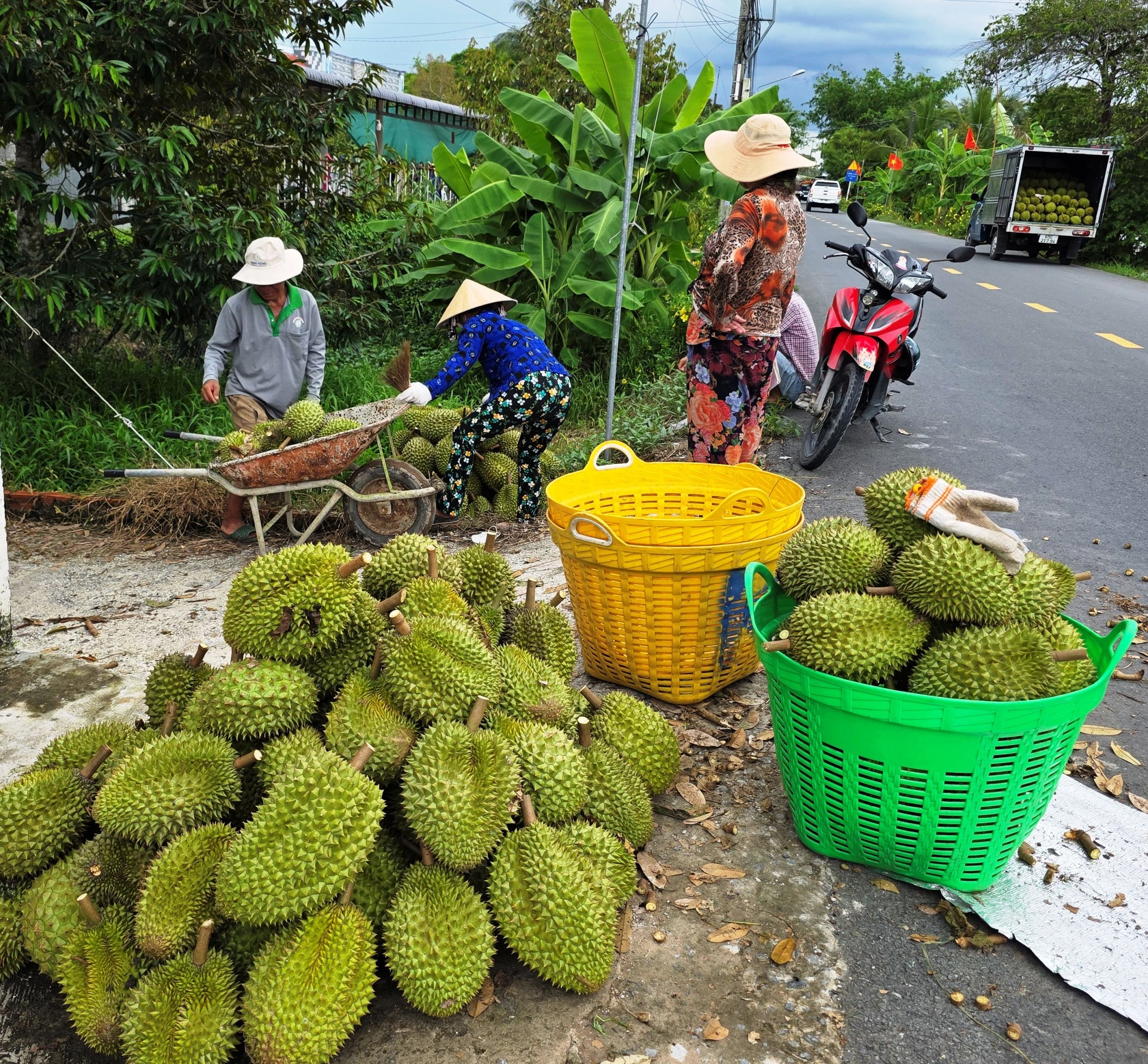
![[Photo] Hungarian President and his wife take a walk and enjoy the view of Hoan Kiem Lake](https://vphoto.vietnam.vn/thumb/1200x675/vietnam/resource/IMAGE/2025/5/28/b9c83fbe6d5849a4805f986af8d33f39)

![[Photo] President Luong Cuong holds talks with Hungarian President Sulyok Tamás](https://vphoto.vietnam.vn/thumb/1200x675/vietnam/resource/IMAGE/2025/5/28/0f603676be6444aa9f52d4bd32582b4d)
![[Photo] Welcoming ceremony for Hungarian President Sulyok Tamas and his wife on an official visit to Vietnam](https://vphoto.vietnam.vn/thumb/1200x675/vietnam/resource/IMAGE/2025/5/28/7956bacf4a3e4bde8326cb8f72a3b26c)
![[Photo] Hungarian President begins official visit to Vietnam](https://vphoto.vietnam.vn/thumb/1200x675/vietnam/resource/IMAGE/2025/5/27/ab75a654c6934572a4f1a566ac63ce82)



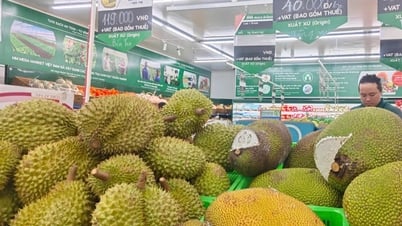

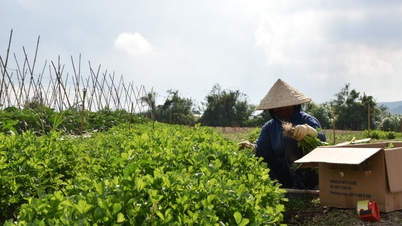

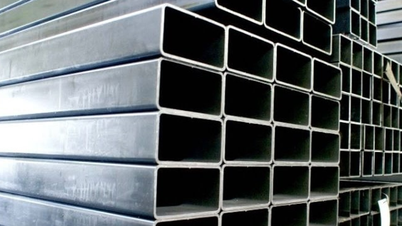

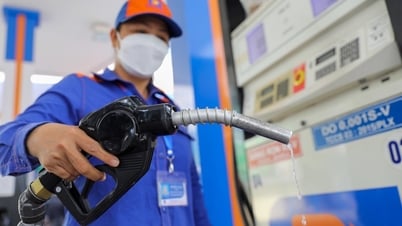
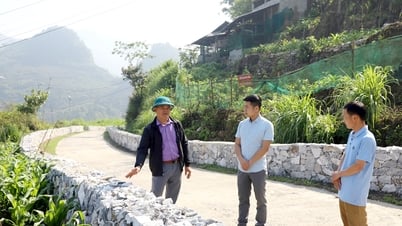





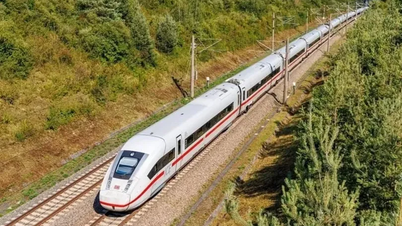
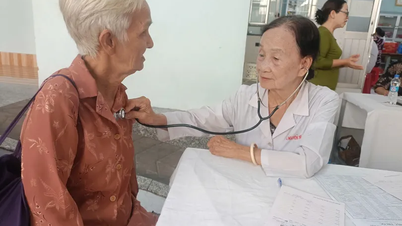
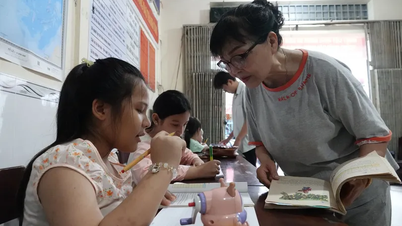

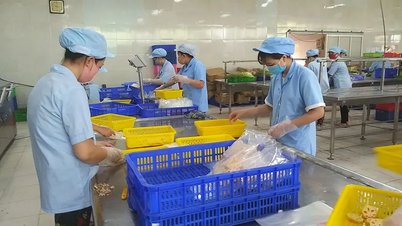
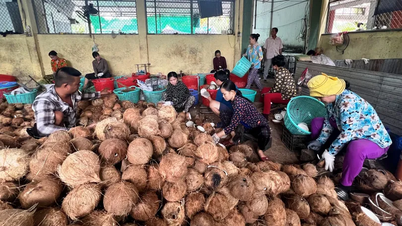
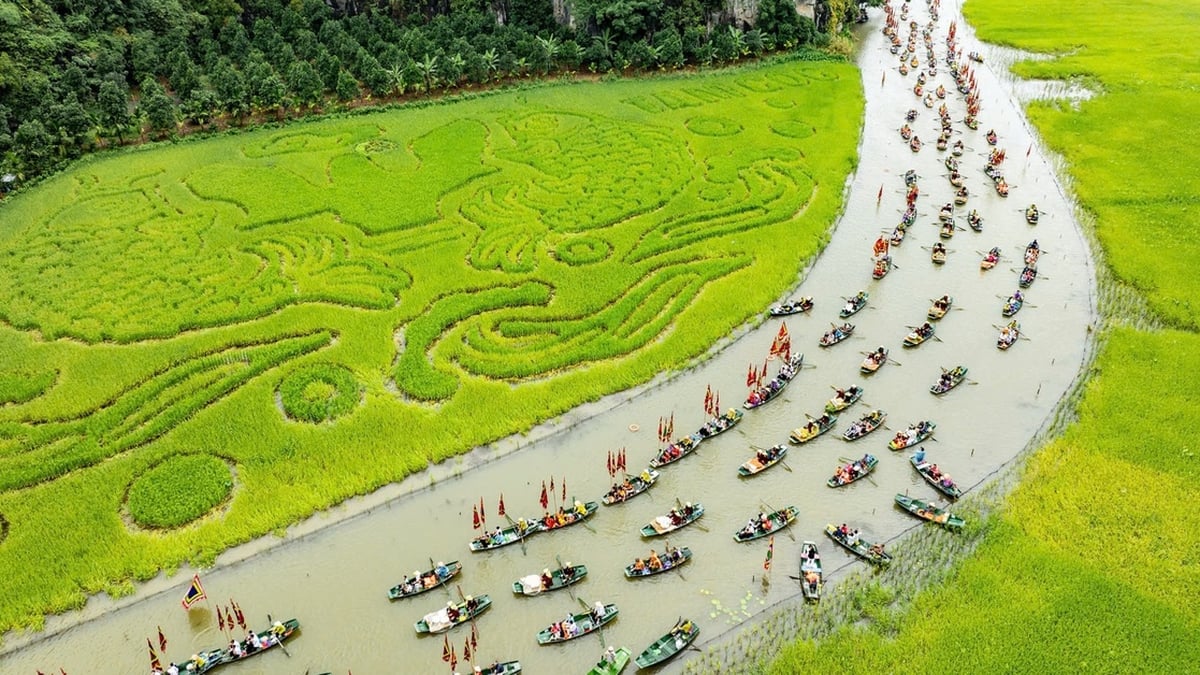





















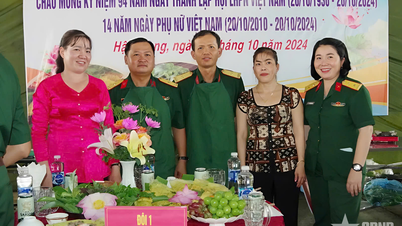



![[Case Study] VIMC – 30-year journey of overcoming waves and reaching far](https://vphoto.vietnam.vn/thumb/402x226/vietnam/resource/IMAGE/2025/5/28/ac45a93a62884eec85471e6c89ef521a)









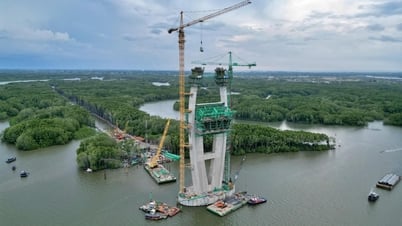

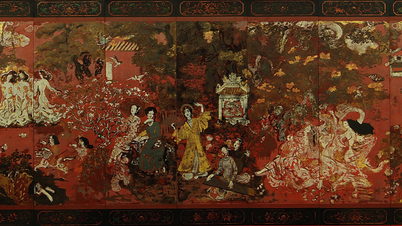







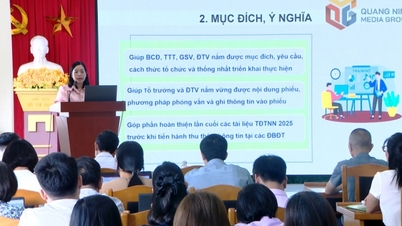





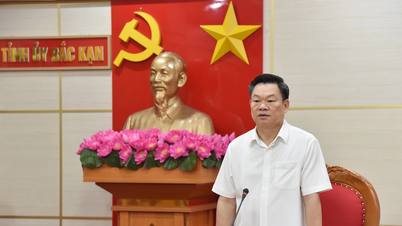

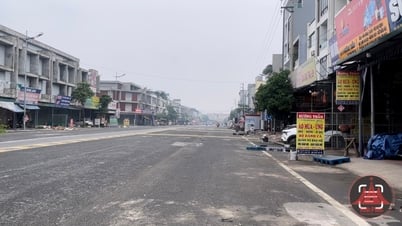
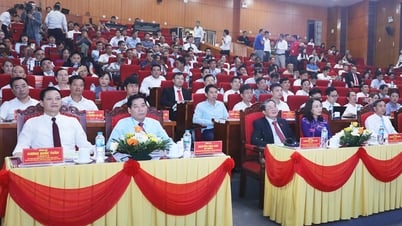



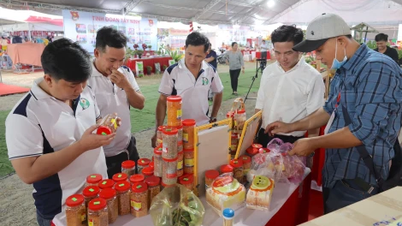

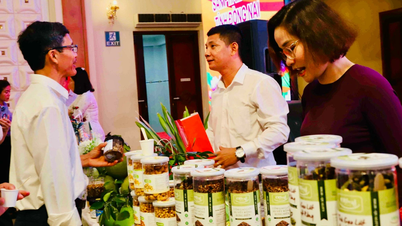

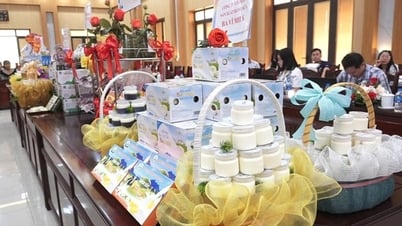

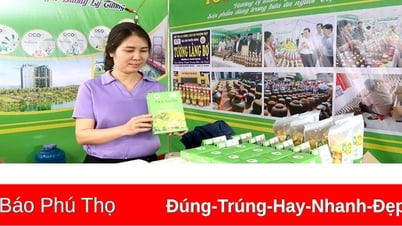

Comment (0)